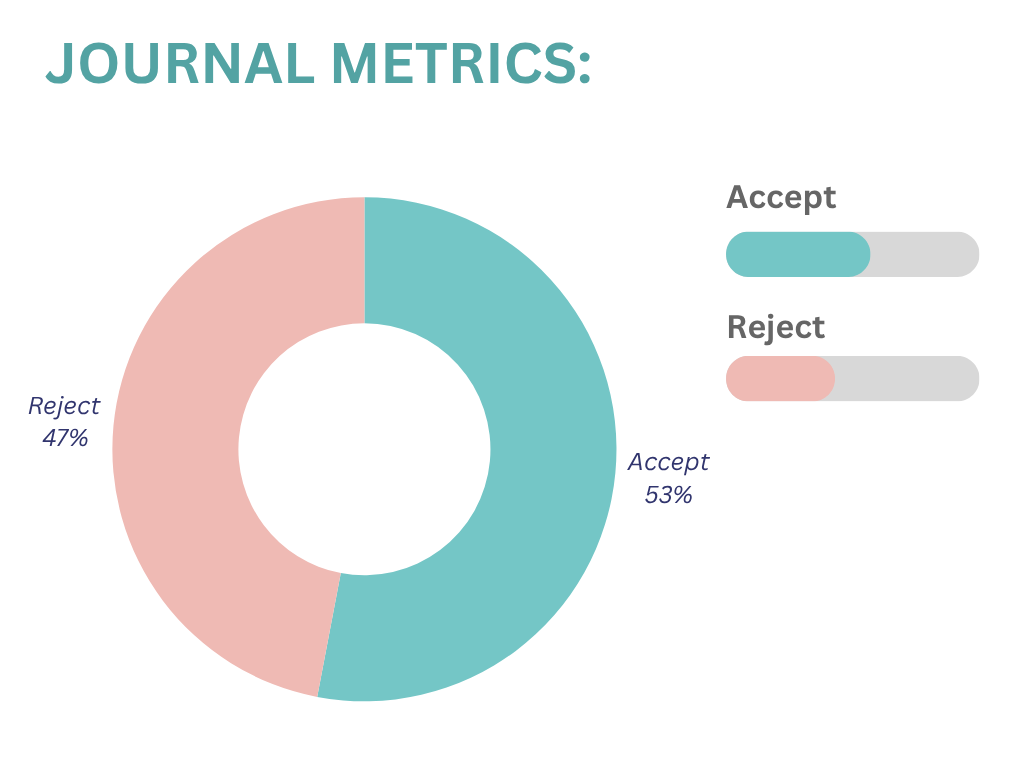An Introduction to Neutrosophic Possibility Theory: Modal Perspectives and Applications
Abstract
Possibility theory focuses on quantifying the degree to which a statement or proposition is possible. It deals with the measurement of possibility and necessity in a similar manner to how probability theory deals with likelihood. While the concept of fuzzy logic has proven valuable in addressing uncertainties and imprecision, its main drawback arises when dealing with situations that involve not only uncertainty but also indeterminacy, as well as the coexistence of truth, falsity, and indeterminacy within a single statement. In this paper, we suggest using neutrosophic logic as a mathematical framework for reasoning with ambiguity and vagueness. We propose utilizing Kripke structures for neutrosophic propositions as conceptual abstract models, providing an alternative method to describe possibility theory in a neutrosophic environment. An illustrative scenario in the context of medical diagnosis is presented in order to demonstrate the efficacy and flexibility of our method. This novel approach not only enriches our knowledge of uncertainty, but it also provides pathways for more comprehensive and nuanced analysis in other domains such as in artificial intelligence, decision support systems, knowledge representation, cognitive computing etc., thus highlighting the potential benefit of merging neutrosophic logic with possibility and modal structures.
Keywords:
Possibility theory, Neutrosophic logic, Kripke model, Possible world semantics, UncertaintyReferences
- [1] [1] Zadeh, L. A. (1999). Fuzzy sets as a basis for a theory of possibility. Fuzzy sets and systems, 100, 9–34. DOI:10.1016/S0165-0114(99)80004-9
- [2] [2] Smarandache, F. (1999). A unifying field in logics: neutrosophic logic. In Philosophy (pp. 1–141). American Research Press. https://core.ac.uk/download/pdf/84931.pdf
- [3] [3] Smarandache, F. (2010). Neutrosophic logic-a generalization of the intuitionistic fuzzy logic. Multispace & multistructure. neutrosophic transdisciplinarity (100 collected papers of science), 4, 396. https://books.google.com/books
- [4] [4] Kripke, S. A. (1963). Semantical analysis of modal logic i normal modal propositional calculi. Mathematical logic quarterly, 9(5‐6), 67–96. https://people.irisa.fr/Nicolas.Markey/PDF/Papers/zml9(5-6)-Kri.pdf
- [5] [5] Dubois, D., & Prade, H. (2015). Possibility theory and its applications: where do we stand? Springer handbook of computational intelligence, 31–60. https://link.springer.com/chapter/10.1007/978-3-662-43505-2_3
- [6] [6] Dubois, D., & Prade, H. (2001). Possibility theory, probability theory and multiple-valued logics: a clarification. Annals of mathematics and artificial intelligence, 32, 35–66. https://link.springer.com/article/10.1023/A:1016740830286
- [7] [7] Dubois, D., Prade, H., & Sabbadin, R. (2001). Decision-theoretic foundations of qualitative possibility theory. European journal of operational research, 128(3), 459–478. DOI:10.1016/S0377-2217(99)00473-7
- [8] [8] Mohamed, S., & McCowan, A. K. (2001). Modelling project investment decisions under uncertainty using possibility theory. International journal of project management, 19(4), 231–241. DOI:10.1016/S0263-7863(99)00077-0
- [9] [9] Dubois, D., Fargier, H., & Prade, H. (1996). Possibility theory in constraint satisfaction problems: Handling priority, preference and uncertainty. Applied intelligence, 6, 287–309. https://link.springer.com/article/10.1007/BF00132735
- [10] [10] Kacprzyk, J., & Fedrizzi, M. (2012). Multiperson decision making models using fuzzy sets and possibility theory (Vol. 18). Springer Science & Business Media.
- [11] [11] Bouchon-Meunier, B., Dubois, D., Godo, L., & Prade, H. (1999). Fuzzy sets and possibility theory in approximate and plausible reasoning. Fuzzy sets in approximate reasoning and information systems, 15–190. https://link.springer.com/chapter/10.1007/978-1-4615-5243-7_2
- [12] [12] Dubois, D. (2006). Possibility theory and statistical reasoning. Computational statistics & data analysis, 51(1), 47–69. DOI:10.1016/j.csda.2006.04.015
- [13] [13] Bezdek, J. C., Dubois, D., & Prade, H. (2012). Fuzzy sets in approximate reasoning and information systems (Vol. 5). Springer Science & Business Media.
- [14] [14] Ashbacher, C. (2002). Introduction to neutrosophic logic. , viXra. American Research Press.
- [15] [15] Smarandache, F. (2015). Symbolic neutrosophic theory. Infinite Study.
- [16] [16] Smarandache, F. (2016). Neutrosophic Overset, Neutrosophic Underset, and Neutrosophic Offset. Similarly for Neutrosophic Over-/Under-/Off-Logic, Probability, and Statistics. Infinite Study.
- [17] [17] Wang, H., Smarandache, F., Sunderraman, R., & Zhang, Y. Q. (2005). Interval neutrosophic sets and logic: theory and applications in computing: Theory and applications in computing (Vol. 5). Infinite Study.
- [18] [18] Kandasamy, W. B. V., & Smarandache, F. (2004). Basic neutrosophic algebraic structures and their application to fuzzy and neutrosophic models (Vol. 4). Infinite Study.
- [19] [19] Zhang, M., Zhang, L., & Cheng, H.-D. (2010). A neutrosophic approach to image segmentation based on watershed method. Signal processing, 90(5), 1510–1517. https://www.sciencedirect.com/science/article/pii/S0165168409004423
- [20] [20] Browne, M. C., Clarke, E. M., & Grümberg, O. (1988). Characterizing finite Kripke structures in propositional temporal logic. Theoretical computer science, 59(1–2), 115–131. https://www.sciencedirect.com/science/article/pii/0304397588900989
- [21] [21] Smorynski, C. A. (2006). Applications of Kripke models. In Metamathematical investigation of intuitionistic arithmetic and analysis (pp. 324–391). Springer. https://link.springer.com/content/pdf/10.1007/BFb0066744.pdf
- [22] [22] Fitting, M. (1985). A Kripke-Kleene semantics for logic programs. The journal of logic programming, 2(4), 295–312. https://core.ac.uk/download/pdf/81109538.pdf
- [23] [23] Gehrke, M. (2006). Generalized kripke frames. Studia logica, 84(2), 241–275. https://link.springer.com/article/10.1007/s11225-006-9008-7
- [24] [24] Allwein, G., & Dunn, J. M. (1993). Kripke models for linear logic. The journal of symbolic logic, 58(2), 514–545. https://www.cambridge.org/core/journals/journal-of-symbolic-logic/article/kripke-models-for-linear-logic/6CB1D9D6467A415930E1424FF93DAE5B
- [25] [25] Bowen, K. A. (2013). Model theory for modal logic: Kripke models for modal predicate calculi (Vol. 127). Springer Science & Business Media.
- [26] [26] Birkedal, L., Reus, B., Schwinghammer, J., Støvring, K., Thamsborg, J., & Yang, H. (2011). Step-indexed Kripke models over recursive worlds. ACM sigplan notices, 46(1), 119–132. https://dl.acm.org/doi/abs/10.1145/1925844.1926401
- [27] [27] Zadeh, L. A. (2014). A note on modal logic and possibility theory. Information sciences, 279, 908–913. DOI:10.1016/j.ins.2014.04.002
- [28] [28] Rivieccio, U. (2008). Neutrosophic logics: Prospects and problems. Fuzzy sets and systems, 159(14), 1860–1868. https://www.sciencedirect.com/science/article/pii/S0165011407005155
- [29] [29] Jousselme, A. L., & Maupin, P. (2004). Neutrosophy in situation analysis [presentation]. Proceedings of fusion (pp. 400–406). http://fs.unm.edu/NeutrosophySituationAnalysis.pdf


